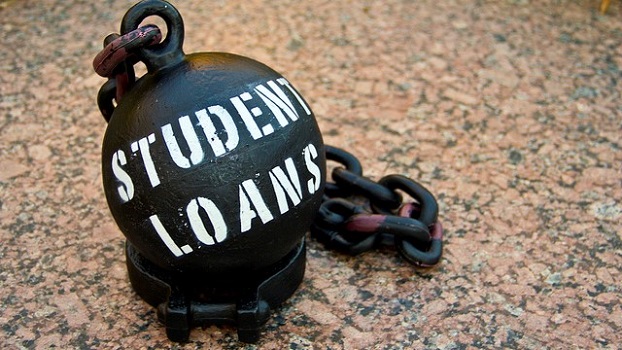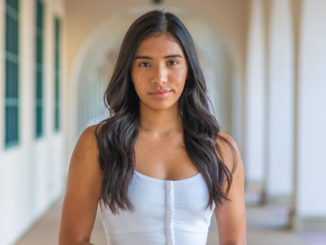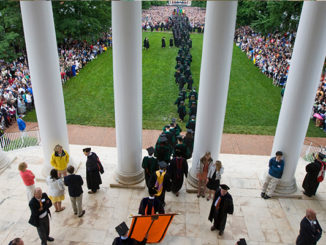
If there’s been a villain in higher education over the past several years, it’s been for-profit colleges. Money-grubbing rip-off artists, they are! Meanwhile, their antithesis, at least conceptually, has been community colleges—cute, low-cost, community-based institutions. Yet according to the headline for a piece by New America’s Kevin Carey, the latter have been “underappreciated.” Is this true?
The basis for Carey’s hailing of community colleges is new federal reporting that improves on the old standard of tracking whether full-time, first-time students completed their program in the school where they started within 150 percent of expected time. The new info tracks students for eight years and includes data on completion and transfers.
Using the full-time, first-time standard for students who started at community colleges in 2013, only 25.4 percent had completed within 150 percent (3 years for a full associate’s degree, shorter for certificates) of the time they should have. Meanwhile, 61.2 percent of students at 2-year for-profit schools had completed, making community colleges look atrocious, and for-profits just crummy.
Looking at cohort year 2008 and incorporating transfers puts a better gloss on community college outcomes. Only 26.6 percent of students who started at community colleges had completed within 8 years—not good. But one-third eventually enrolled at a different institution, and 2 percent were still at their original school. So about 62 percent were done or had transferred.
How does this compare to two-year for-profits? About 65 percent completed—much higher than at community colleges. But only 3.9 percent transferred. And for-profit students were far more likely to be enrolled in shorter certificate programs than longer associate’s degree programs than were community college students.
Carey notes that a far larger share of for-profit students are in four-year programs than two-year, and four-year for-profits have “much lower graduation rates than those of comparable public institutions.” Four-year publics do seem to perform better: Only 32.3 percent of for-profit students in four-year programs had completed their programs within eight years, versus 56.4 percent of students in public four-year institutions. (Of course, neither rate is very impressive.) Include transfers and continued enrollment at starting institutions, and public four-year colleges could have a persistence rate as high as 79.2 percent, versus only 40.2 percent for for-profit institutions.
But here’s the thing: For-profits work with students with much greater challenges.
Students at four-year for-profit schools are significantly older—less “traditional”—than at 4-year publics, with mean ages of 31.7 versus 23.9 years. Student ages are comparable at public and for-profit two-year schools, with a mean of about 27.
For-profit students are much more likely to be from underserved minority groups. About 55 percent of students in less-than-two-year for-profit programs are black or Hispanic, as are 46 percent of students in two-year for-profits. At community colleges, only 35 percent of students come from these groups. At four-year schools, 41 percent of for-profit students are from these groups, versus only 27 percent at public colleges.
For-profit students are much more likely to have dependents. In less-than-two-year for-profit programs, 46 percent of students have dependents, as do 42 percent of students in two-year for-profit schools. Only 32 percent of community college students do. About 56 percent of students at four-year for-profits have dependents, versus only 16 percent at public four-year colleges.
Finally, for-profit students are far more likely to have poorly educated parents. In less-than-two-year and two-year for-profits, 50 percent of students’ parents maxed out at a high school diploma or less. At community colleges, only 38 percent of students’ parents had such limited education. At four-year for-profit schools, 49 percent of students have parents whose education topped out no higher than high school. Only 26 percent of public four-year college students were the same.
What does all this suggest? Neither community colleges nor for-profit schools are, on the whole, producing very good outcomes, but before making any pronouncements about who is sufficiently appreciated, a lot of context is necessary. And considering the massive taxpayer subsidies to the entire Ivory Tower, maybe no parts of higher education deserve much appreciation.
Neal McCluskey is the director of Cato’s Center for Education.



